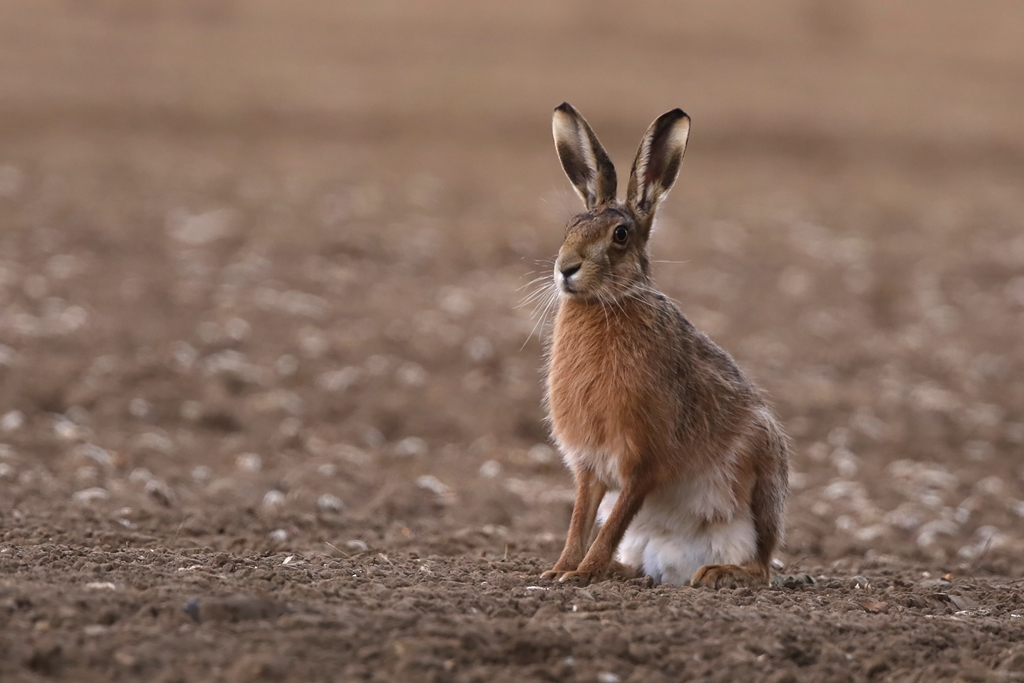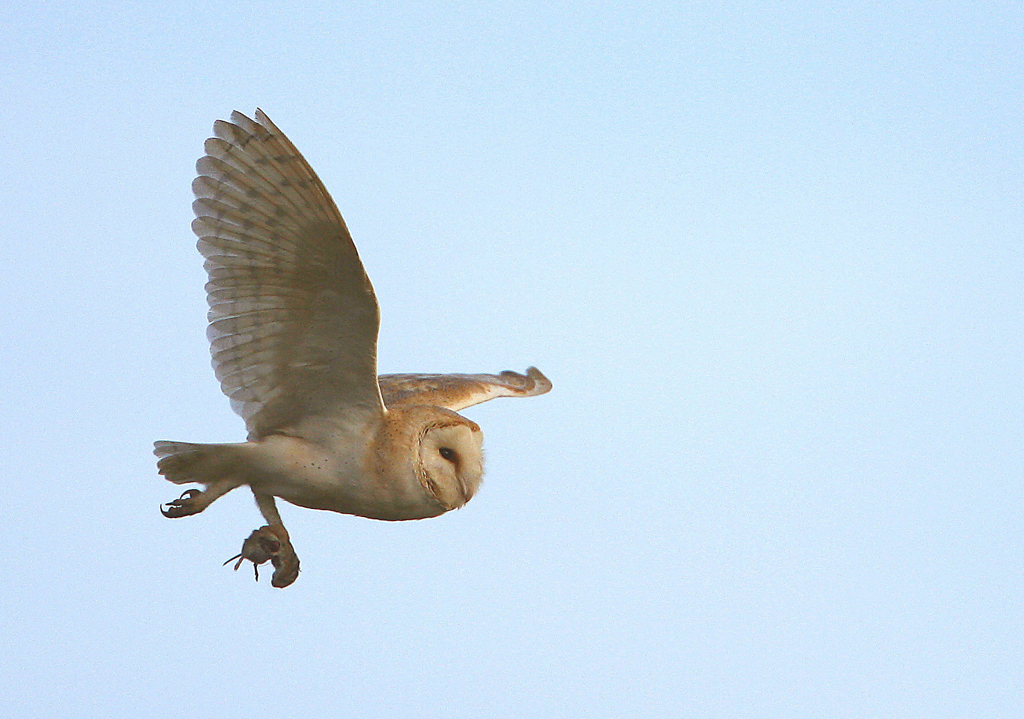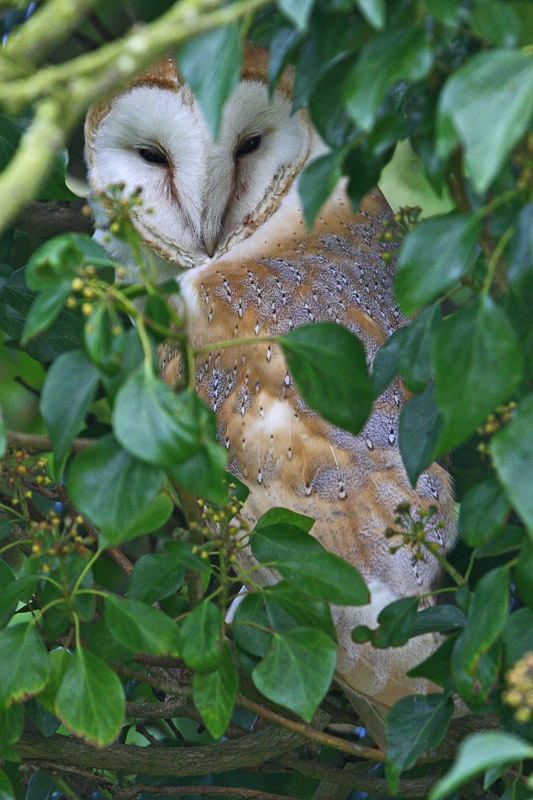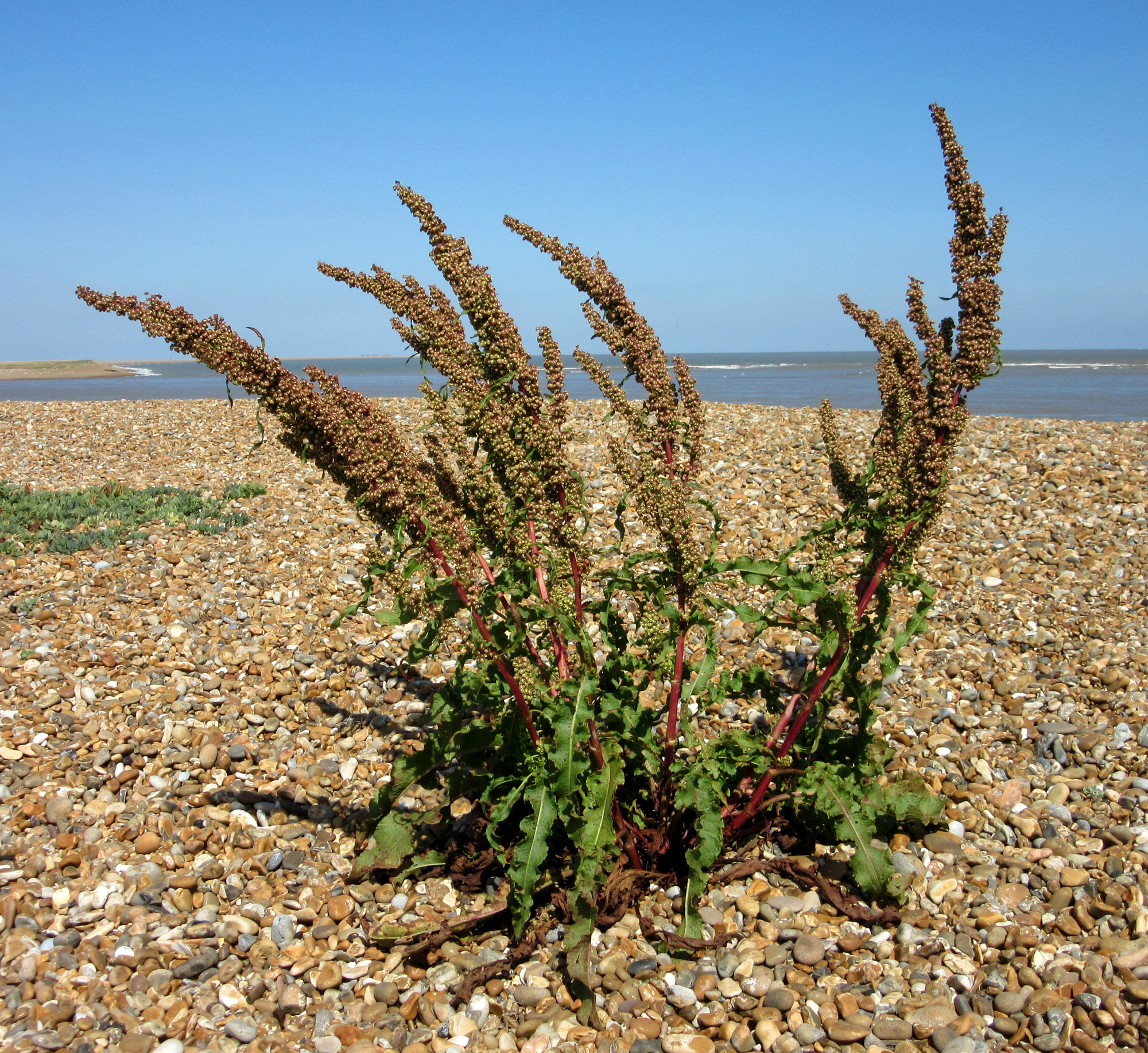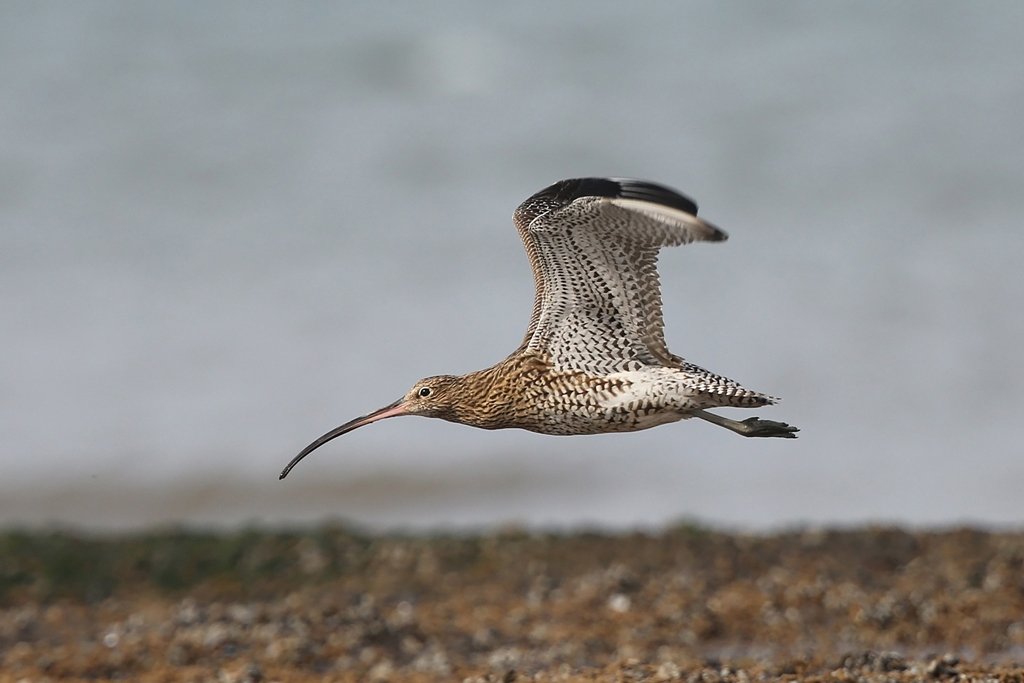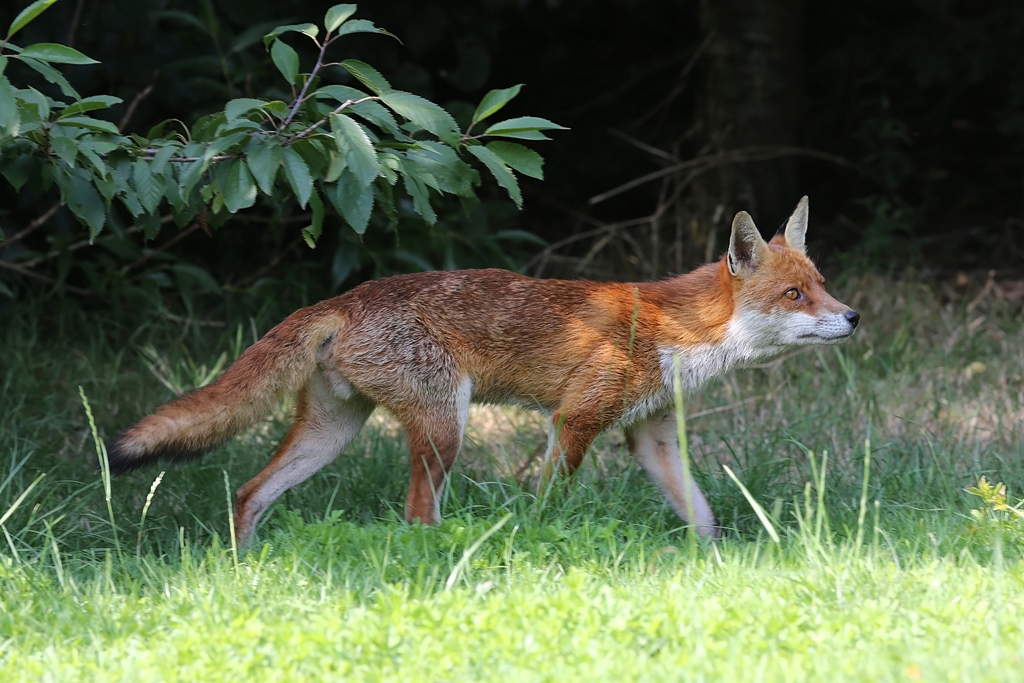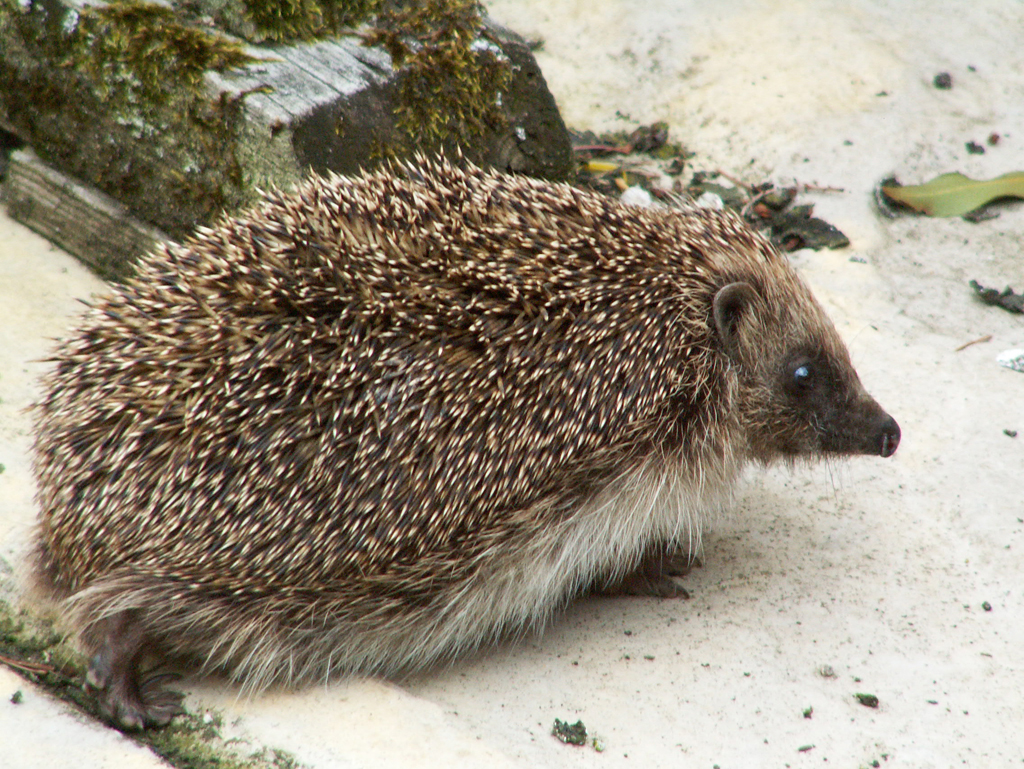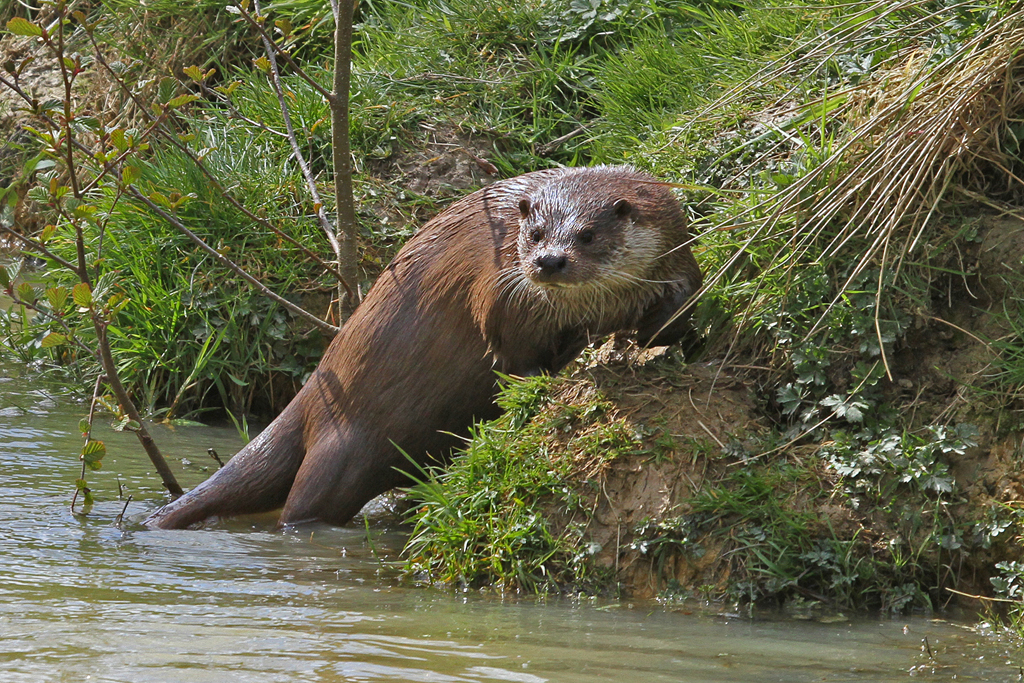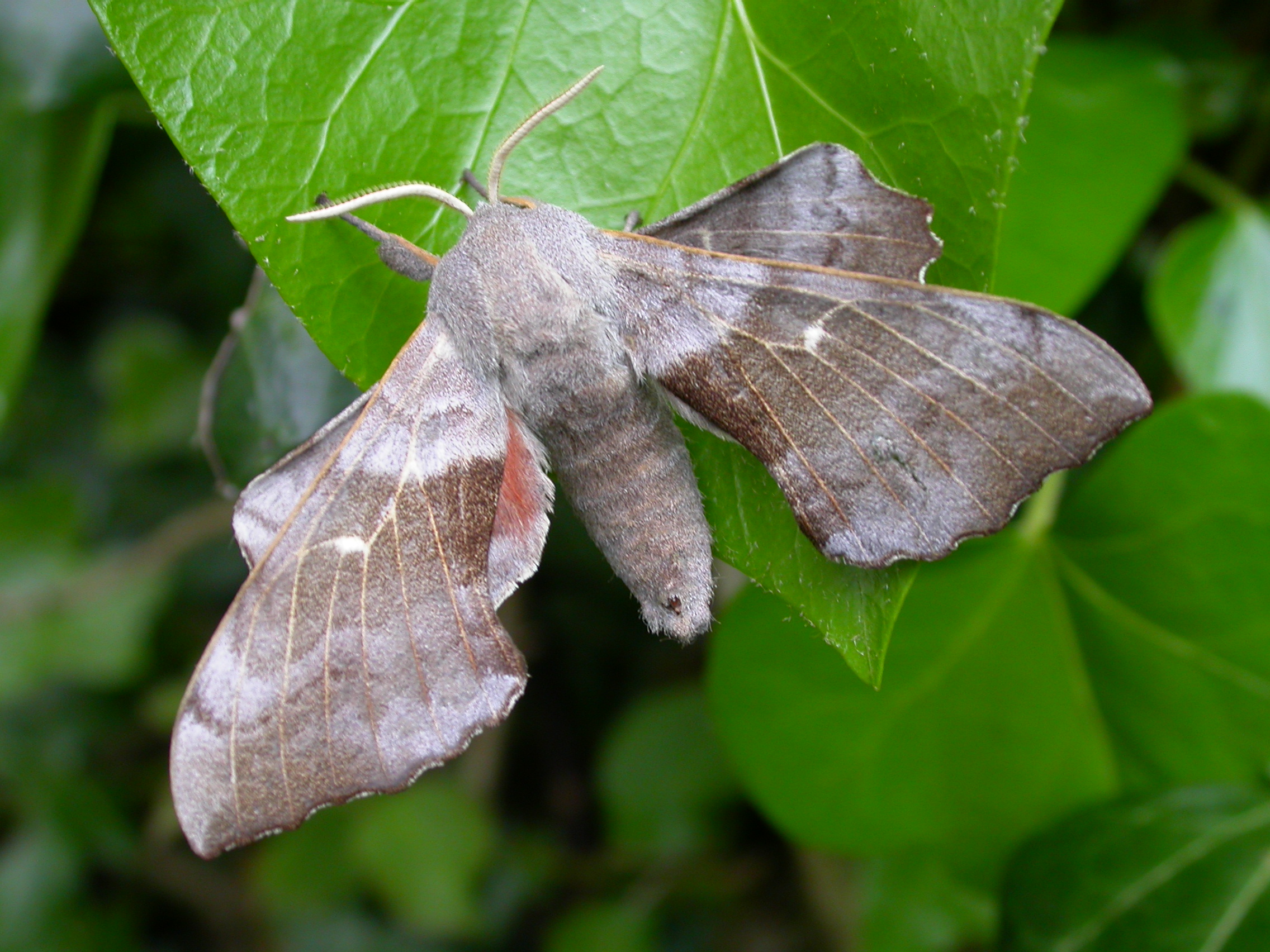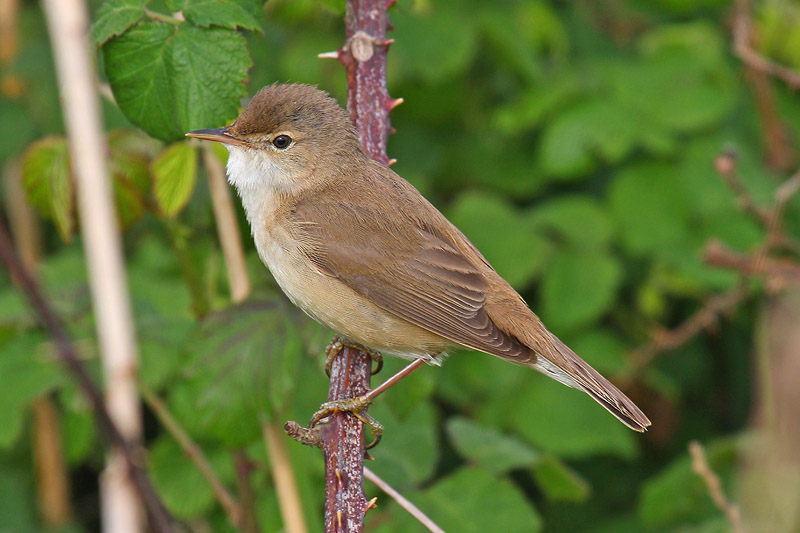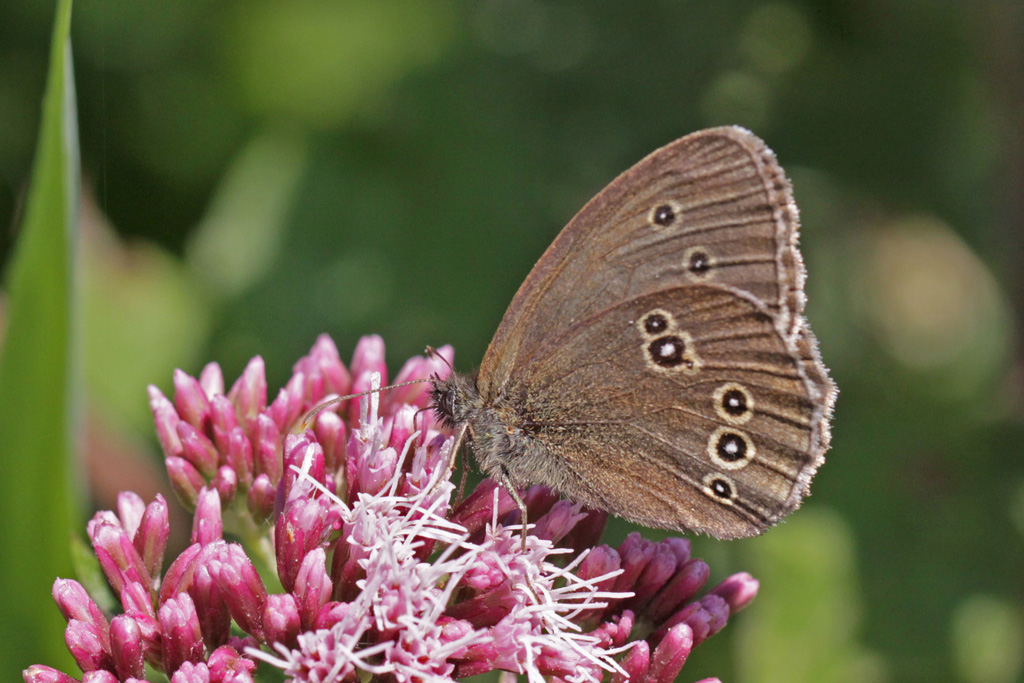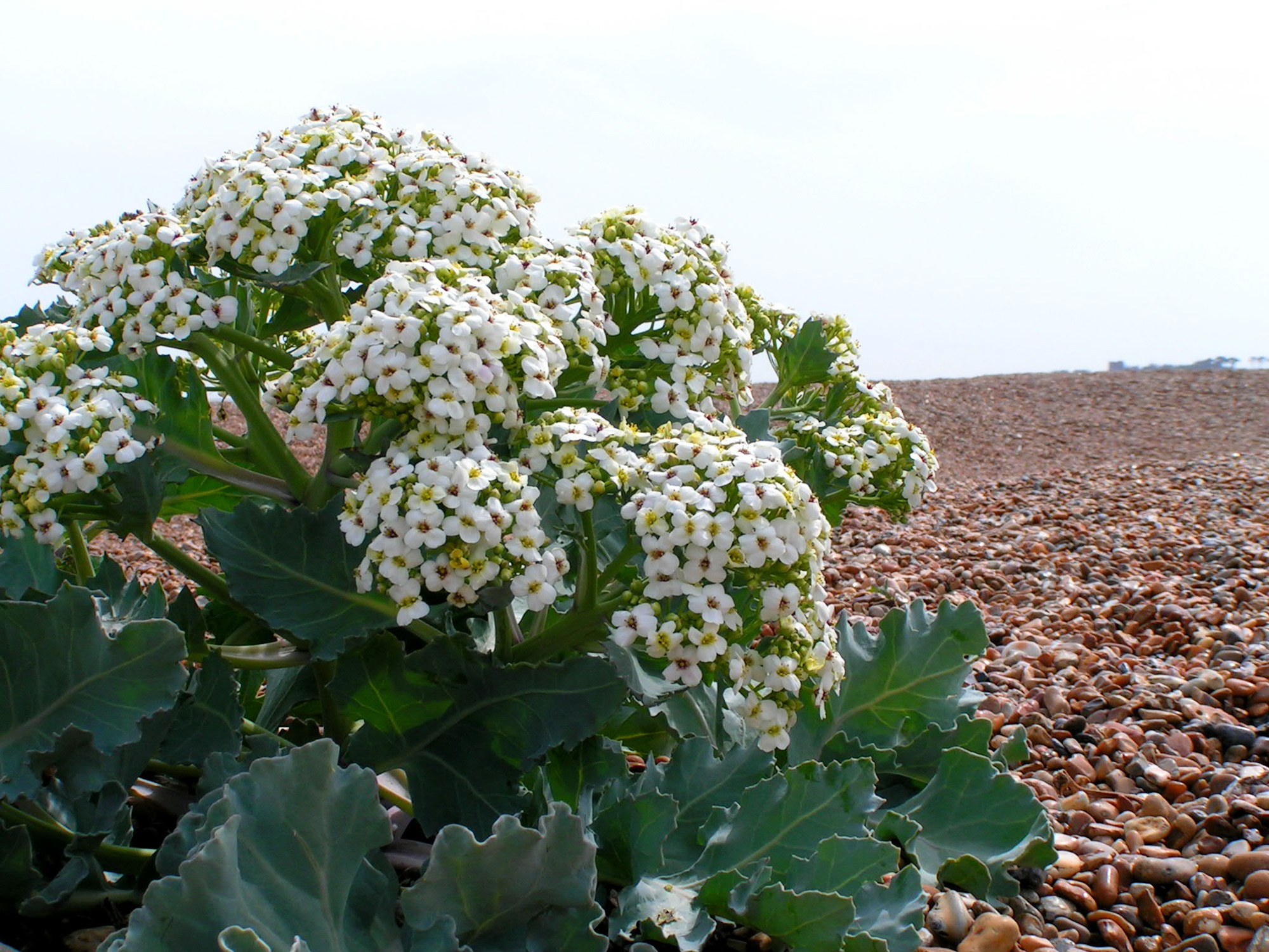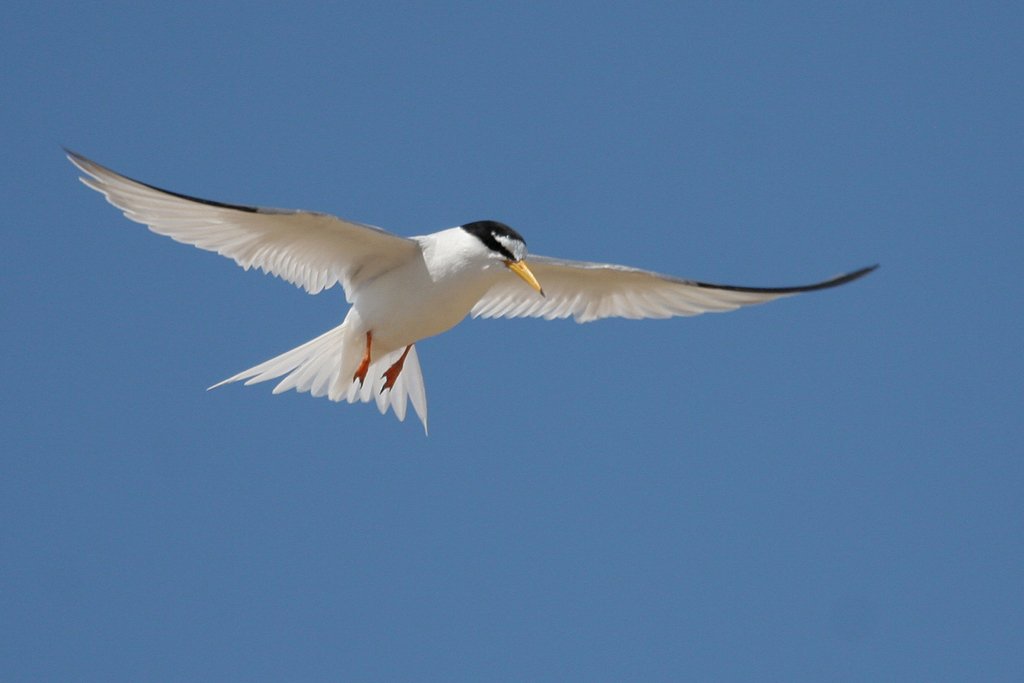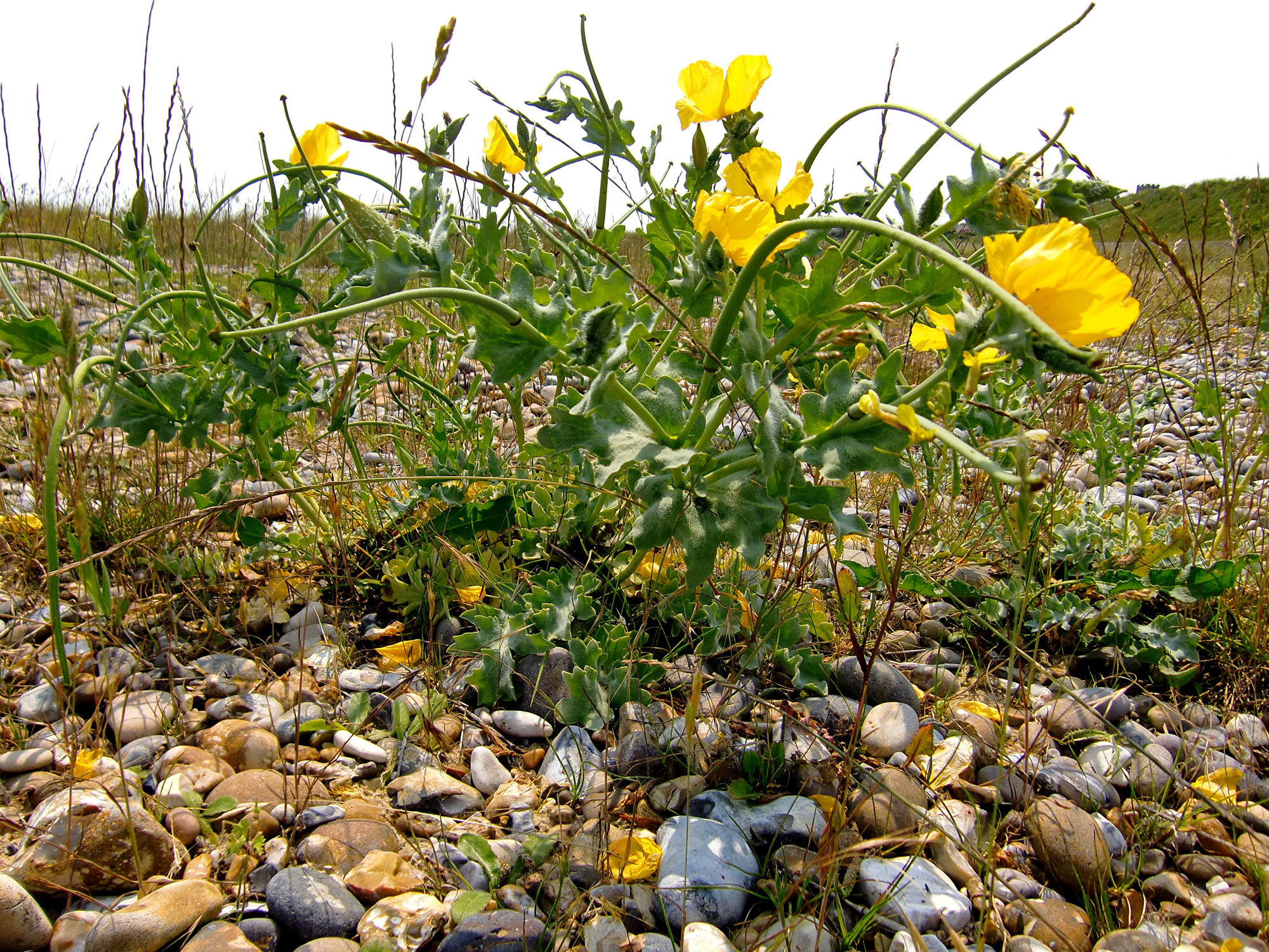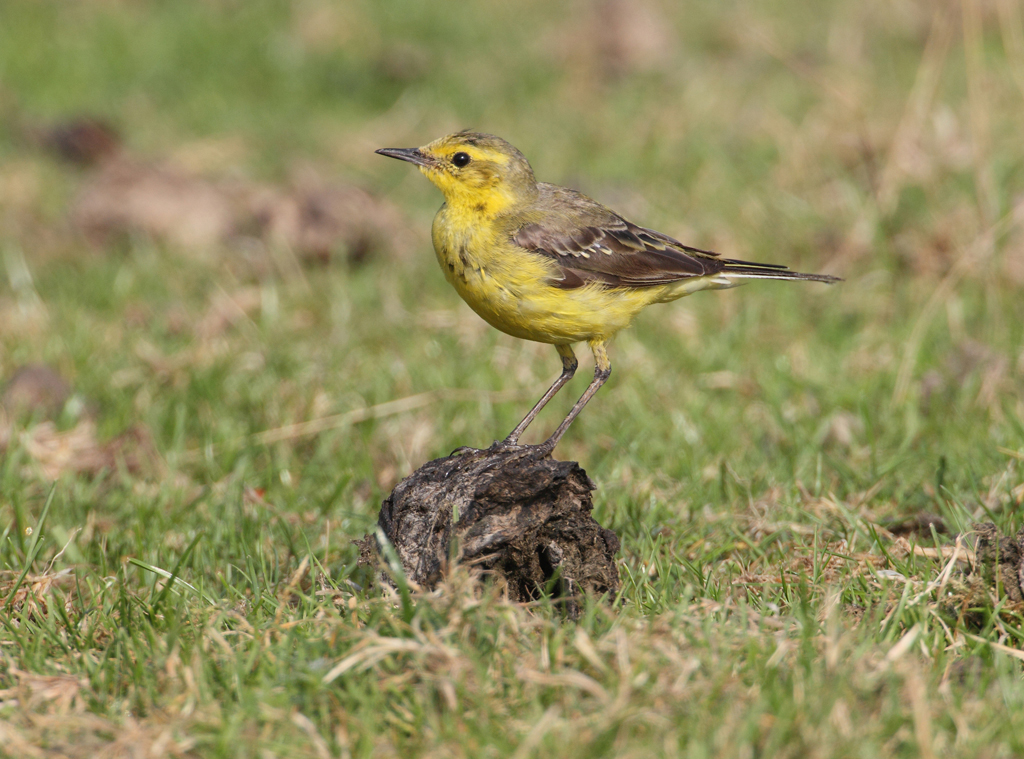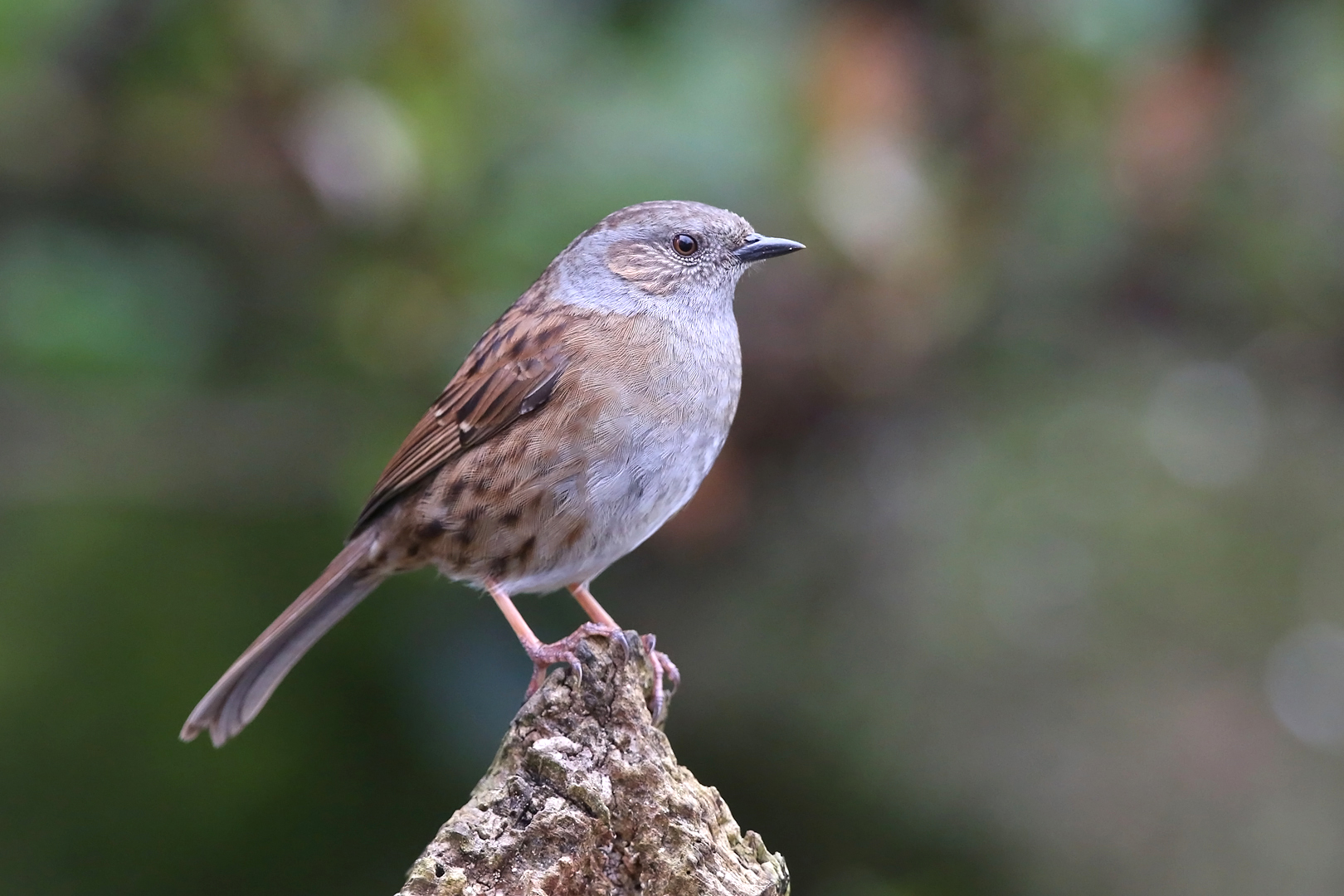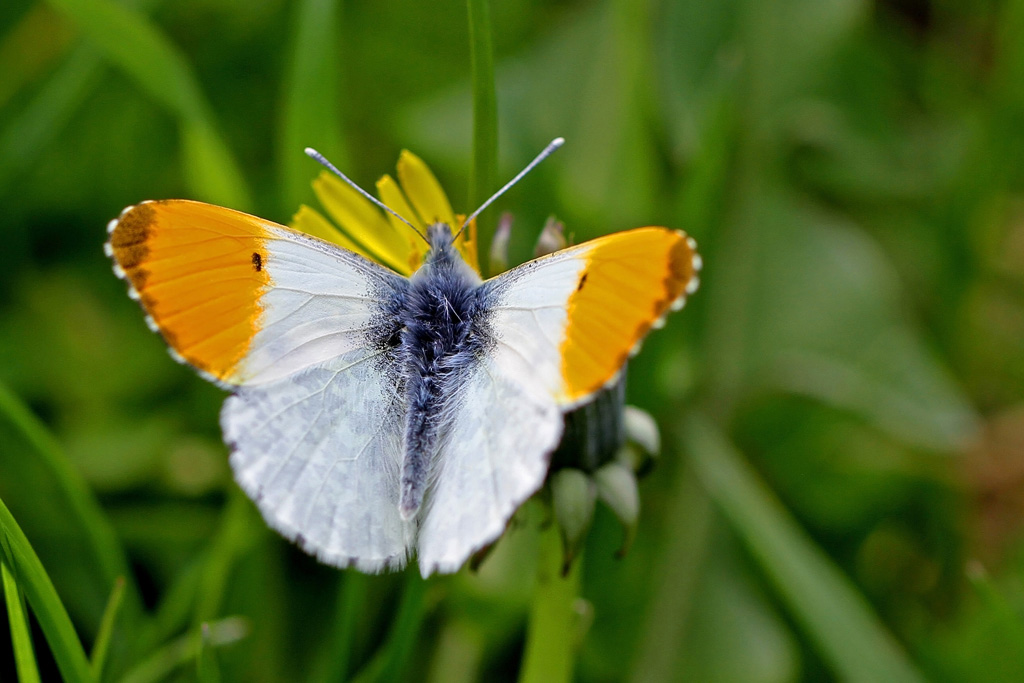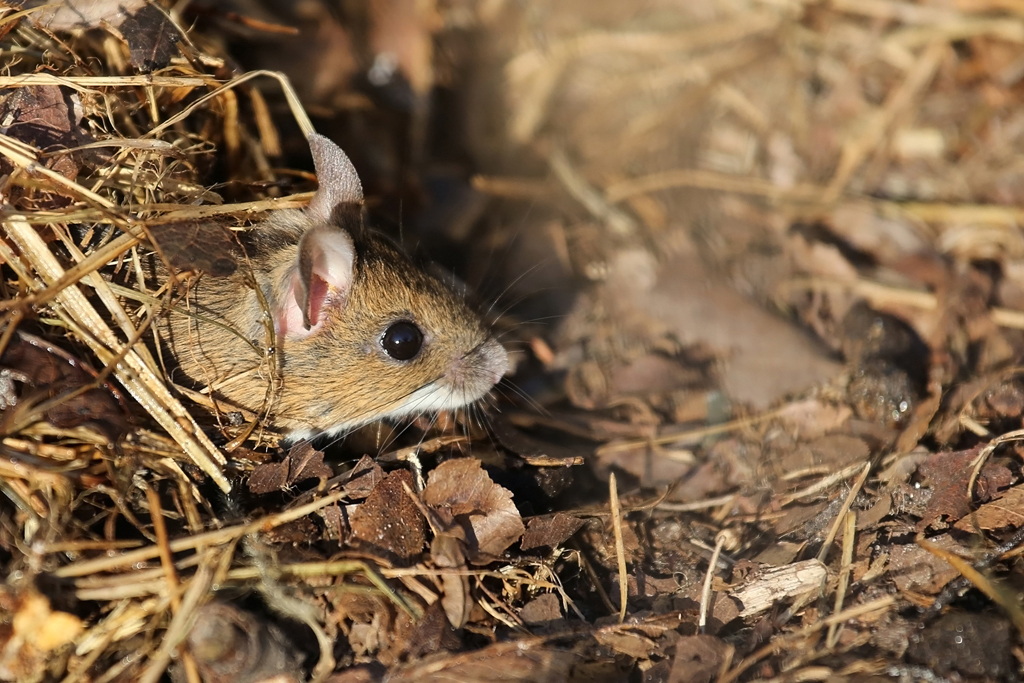Category: Flora
Village Voices Nature Note: Survival Tactics
You have to be tough to survive at Shingle Street – if you’re a plant on the shingle banks, that is. Just imagine. You’re regularly doused with salt spray, exposed to constant winds and parched by the sun; there’s no fresh water and almost no soil; while the shingle itself is unstable and constantly shifting. It’s an extreme environment, a desert of stones. Yet there is a community of plants out there that have evolved specialised tactics to cope with those harsh conditions:
- Lie flat to shelter from the winds (orache and sea-pea)
- Have very deep roots to suck up moisture (sea-kale, whose roots can go two metres deep)
- Have shiny leaves to reduce water loss (sea-beet) or hairy ones (yellow-horned poppy)
- Grow in matted clumps to bind you firmly to the shingle (sea-pea, stonecrops and sea-campion)
We are blessed by our thriving shingle bank colony of these rare and beautiful plants. It’s one of the most important in Britain, which is why Shingle Street is designated an SSSI (Site of Special Scientific Interest). We therefore inspect the plants regularly to check on their condition and a dedicated team of local volunteers has just completed the latest detailed survey, whose results will appear in due course on the Shingle Street website.
We did observe several changes. The sea kale is now very abundant, popping up everywhere like huge cauliflowers. The sea pea has spread too and there are large drifts of it in new areas. Its clustered purple flowers fade to blue later and are then succeeded by succulent seed pods, which are said to have once staved off starvation on the Suffolk coast during a famine in the seventeenth century (but they can cause paralysis if eaten in quantity, just in case you were tempted). Scattered amongst these are other shingle specialists like orache (much scarcer this year), sea beet, sea-campion, curly dock, viper’s bugloss, buckshorn plantain, stonecrop and the striking yellow-horned poppies (beautiful, but classified as a toxic weed in North America, and containing hallucinogens).
The most striking change, however, is in the expansion of the grasses that now cover the shingle ridges nearer the houses. That is evidence that the banks have accumulated depositions of soil and have to that degree stabilised – with the further benefit that hares and skylarks are now exploiting this new emergent habitat, along with various butterflies, moths and bush-crickets. That’s all the more reason to ask visitors to help us conserve this precious environment. For there is one other tactic these vulnerable plants need to survive, this one more under our control than theirs:
Thank you.
Jeremy Mynott
5 July 2022
Recent Reports
28 Apr 2022
The booklet,
Knowing your Place: Wildlife in Shingle Street gives an introduction to the main wildlife habitats in Shingle Street and has at the back a complete list of all the birds, mammals, butterflies, moths, flowers, dragonflies, grasshoppers, spiders, crustaceans, insects and other categories of wildlife recorded here. The big
Biodiversity Survey has more detailed and technical information on these, too. In addition, there is a monthly ‘Nature Note’ in Village Voices, which forms a kind of running commentary on the seasonal year with other reflections on the local environment more generally. You can access a selection of these articles by calendar date
here.
Visitors are also encouraged to send us their their own sightings of interest by using the contact page
here.
Jeremy Mynott
Village Voices Nature Note: Daffodil Time
01 Mar 2022
Florists make great play of the tradition of birthday flowers so that they have something new to promote each month, but some of their monthly choices seem at odds with the actual emergence of wild flowers through the seasons. Carnations in January, for example? I look out for aconites and snowdrops then, but we can surely all agree that March’s flower has to be the daffodil. 1 March is officially the first day of spring, whatever the weather, and there will be plenty of daffodils already sporting their yellow glory on that date. It is also St David’s Day and the daffodil is the national flower of Wales. The Welsh name for a daffodil translates as Peter’s Leek and the Welsh are supposed to sport both plants that day – though one imagines the daffodil might prove the more fragrant buttonhole. Most of our daffodils are cultivated varieties but there are still some genuinely wild ones in Britain, sadly now limited to relatively few sites.
The wild ones are smaller and daintier than the cultivars with a characteristic two-tone effect of paler petals surrounding a darker yellow trumpet. They used to flourish widely in damp meadows and old woodlands, many of which have now been destroyed for development, but you can still see them at various sites in SW England and we have a wonderful local display here in Butley Woods. The most famous wild daffodils, however, must be those in the Lake District, which were celebrated in William Wordsworth’s poem, I wandered lonely as a cloud. Wordsworth was inspired to write this by a walk he took with his sister Dorothy in 1802 at Ullswater, where they delighted in the glorious profusion of daffodils along the lake shore:
Ten thousand saw I at a glance
Tossing their heads in stately dance
The poem is a national favourite, but what may be less well known is that William cribbed some of his best lines from his sister Dorothy’s diary notes. Poetic licence? Or sexist sibling rivalry?
Matching flowers to months is becoming more difficult. William and Dorothy’s epiphany was in April not March. Scientists have calculated that as the climate heats up plants are now flowering 42 days earlier on average than on the same date before 1986. Nice in a way, but this creates serious disruptions to nature’s careful synchronisation of things like the hatching of bird chicks with the emergence of caterpillars, while farmers could lose a whole crop of flowering fruit trees to a late frost. Maybe the florists will prove right and we will one day have wild carnations blooming in January, but be careful what you wish for.
Jeremy Mynott
Village Voices Nature Note: the Colour of Earth
01 Dec 2020
You’ll probably know the mnemonic ROYGBIV, ‘Richard Of York Gave Battle In Vain’ – or if you prefer something livelier ‘Rinse Out Your Granny’s Boots In Vinegar’, to help us remember the colours in the spectrum. The odd thing is that the commonest colour we see all around us doesn’t figure at all in this sequence. Where’s brown? An artist tells me that you have to create brown by mixing the three primary colours in suitable proportions, but the original creator, whether God or Evolution, clearly got there more directly. Brown is the colour of Earth.
And if green is the colour of spring, brown is certainly the colour of autumn. Or rather ‘browns’. Think how many of the shades of brown come from the natural world: chestnut, hazel, clay, umber, walnut, mahogany, bay, cinnamon, fawn and brown-as-a-berry.
I’d add the drab brown of the golden plovers now arriving on the arable fields for the winter but so hard to pick out on the ground; also the dusty orange- brown of the small tortoiseshell butterfly I’ve just found hibernating in our shed, looking for all the world like a dead leaf.
And as for autumn leaves themselves, our trees and hedgerows are now blazing in a hectic collage of every kind of brown from red to yellow. We think of the leaves turning brown, but what actually happens is that the chlorophyll which gives the leaves their spring and summer shades of green is re-absorbed back into the tree, thus revealing the other pigments that were masked by the chlorophyll. So you could say, a little paradoxically, that the real leaf colour is brown rather than green. This annual leaf display tends to be at its best when we have bright, warm days and chilly nights, which is why the east coast of America regularly boasts such spectacular autumn effects. Except that they call it the ‘fall’, which is accurate as a description and is in fact a good old Anglo-Saxon word we used here up to the sixteenth century. The Pilgrim Fathers took it with them and I think I still prefer it as an expression to our Latin-derived ‘autumn’.
In cultural terms, ‘brown’ has good connotations of warmth, strength,
stability and health (a nice ‘tan’). Think how simple and natural a brown paper bag is, and how much better for the planet than the plastic ones. Designers like to exploit these positive vibes too, with their own, more artificial confections. Farrow and Ball, for example, offer us: Hot Mocha, Pelt, Mouse’s Back and Broccoli Brown for our interior decorations. I’ll stick to the outside ones, thanks.
Jeremy Mynott
Village Voices Nature Note: A Sudden Beauty
01 Jul 2020
I have to start with a confession. This month's 'Nature Note' comes not from Shingle Street but from the west of the county. We happened to be here when the music stopped in March and we thought it safer to stay put. But I've been walking out every day, trying to notice things just the same, and I've been making comparisons all the time with the succession of flowers and birds I know have been appearing on the coast too in this remarkable spring - remarkable both for its extraordinary weather and the worldwide pandemic (respectively the best and worst of their kind in my lifetime). A poignant conjunction that has highlighted for many people the beauty of the natural world we are fortunate enough to have enjoyed as a solace.
I came across one quite unexpected delight the other day. I was walking on a grassy footpath - in fact an early section of the same Suffolk Way that runs past our house in Shingle Street - when right in the middle of the track I saw a most striking plant. It had a shortish straight stalk with a rosette of leaves at the base and two more clasping the stalk higher up like a sheath. The flower blooming on top was a remarkable confection of sculpted blooms, looking for all the world like a bee. It was a bee orchid, not as rare as its exotic appearance would suggest, and surprising in its choice of quite banal settings, often railway sidings, spoil heaps and waste ground, anywhere there has disturbed chalky ground.
The Shingle Street ones, which re-appear most but not quite all years, thrive in a heap of 'foreign' soil imported to repair a sea-wall breach in the Great Flood of 1953.
This fantastical flower evolved to mimic a bee as a cunning device to persuade male bees to alight on the fake female and so pollinate the plant.
Jeremy Mynott
Grayling
29 July 2016
The first grayling of the year, rather later than usual – but the buddleia (one of its favourite foodplants) is about two weeks late. There's a distinct shortage of some butterflies this year – no small coppers so far and no wall (for which we are a special site). Maybe they will all emerge in August if we get some sunny weather.
Jeremy
Shingle Street flora survey 2015
Shingle Street is an exacting place for its flora, especially plants of the shingle, saltmarsh and ultra-arid concrete. They are all superbly adapted to their hard life, from plants with taproots that probe metres-deep into the shingle in search of water, to species daily submerged by the tides, and tiny, rare clovers flourishing in compacted soil that are grazed by rabbits right down to the ground. They are all specialists in their own way: finding them, photographing and recording them in 2015 helps create an important benchmark.
Laurie and Jonathan Forsyth
[Continue reading →]
The wild flowers of Shingle Street
Salty wind, sea and stones are what you get at Shingle Street, and lots of wild flowers. They are a hardy bunch of survivors, and superbly at home in the tough environment where land meets sea. Some live in the mud; others in shingle, grassland, on seawalls, in lagoons and some even manage to exist in the cracks in concrete. Summer at Shingle Street produces a palette of colours from seemingly impossible raw materials. Yellow, pink, white, red and deep blue: any gardener would be proud to have flowers as striking if they came from a garden centre, and a glance at the gardens of the cottages proves the point.
[Continue reading →]
Mullein
07 May 2015
One good thing that happened on Election Day, whatever else may befall, was walking around with a botanist friend who kept exclaiming about the wild flowers we have here. He identified several things that weren't on the systematic list we've been keeping, including a Hoary Cinquefoil and a Spring Vetch. He was also very taken with our Hoary Mulleins (the ones with a candelabra shape), which whatever their immediate origins are classified as a rare wild plant, found only in Suffolk and Norfolk and he urged us to treasure them.
Jeremy
Alex message 1
10 Mar 2015
We have a Mahonia just outside our five bar gate, a common hardy garden shrub with hollylike leaves and sprays of scented yellow flowers, it is humming, literally!
I was attracted by the noise and found many honey bees and a couple of bumble bees. Certainly the Bumbles were there the other day because every time i go out i see them. So brave because it is still fairly chilly, but the flowers do put out a most wonderful smell and there isnt much else to attract at this time of year.
Spring is here!
Our bird feeder has at least fourteen gold finches, lots of starlings, sparrows, blackbirds, blue tits and there is a wren in the woodpile, a cock pheasant that visits regularly and a brace of partridges. Pigeons come, naturally, and a pair of collar doves.
More later.
Alex Williams




